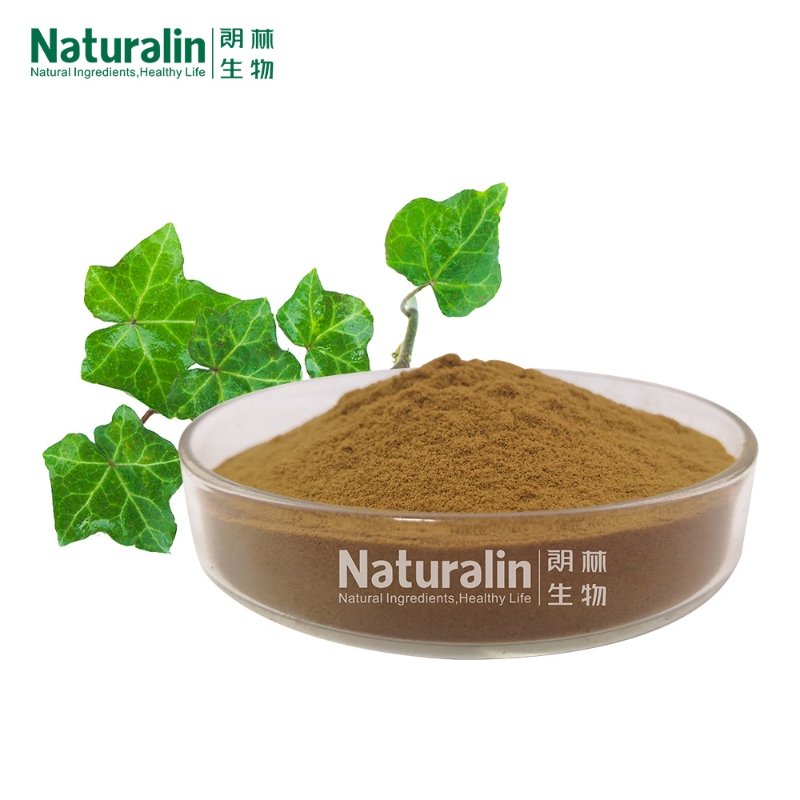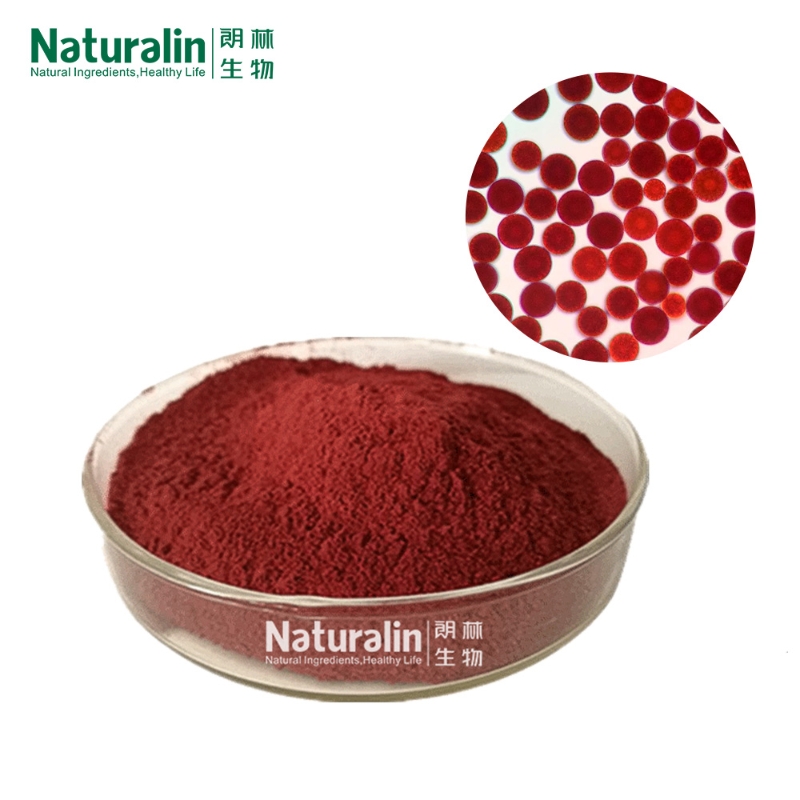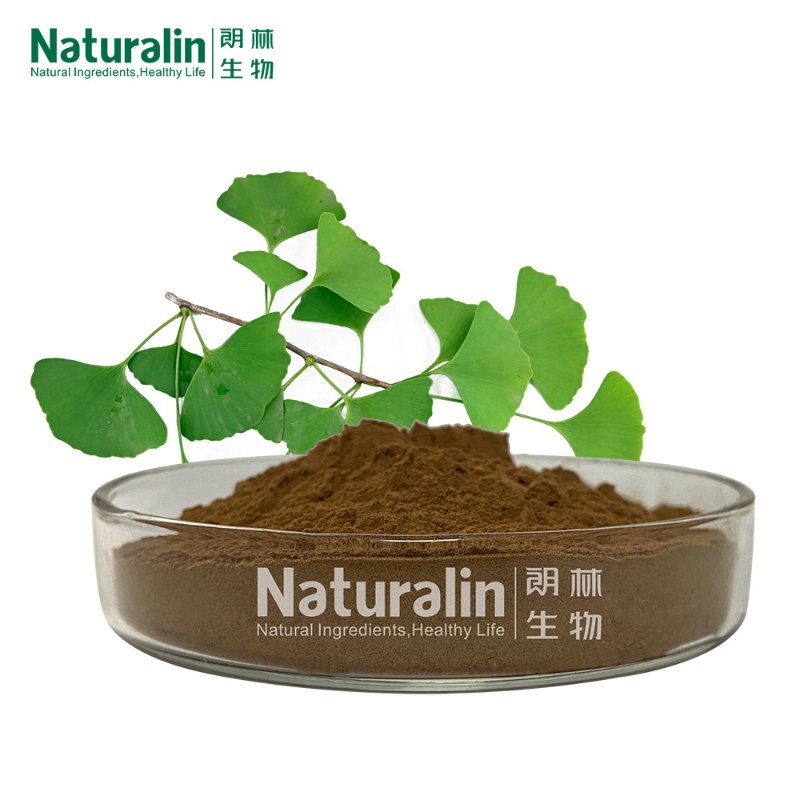-
Categories
-
Pharmaceutical Intermediates
-
Active Pharmaceutical Ingredients
-
Food Additives
- Industrial Coatings
- Agrochemicals
- Dyes and Pigments
- Surfactant
- Flavors and Fragrances
- Chemical Reagents
- Catalyst and Auxiliary
- Natural Products
- Inorganic Chemistry
-
Organic Chemistry
-
Biochemical Engineering
- Analytical Chemistry
-
Cosmetic Ingredient
- Water Treatment Chemical
-
Pharmaceutical Intermediates
Promotion
ECHEMI Mall
Wholesale
Weekly Price
Exhibition
News
-
Trade Service
Recently, Professor Bi Hongkai of Nanjing Medical University's School of Basic Medicine successfully screened out a new drug candidate for anti-drug-resistant Helicobacter pylbocobacteria - dihydrodansinone I, "dihydrodansinone I in the killing of Helicobacter pylene, not only can destroy the biofilm, but also can kill the bacteria attached to the biofilm, play a role in helicobacter pylene 'rooting up'."
", Bi Hongkai introduced.
latest global cancer data show that out of 4.57 million new cases of cancer in China, 480,000, or 10.8 percent, are new cases of stomach cancer, ranking in the top three.
in China, which has a high incidence of stomach cancer, the infection rate of Helicobacter pyridosis is as high as 50%.
triple and four-way therapy containing two antibiotics is a common method of treating Helicobacterrobacteria in China, but traditional treatment methods do not cut Helicobacterrobacteria to root.
Helicobacter pyridobacteria in the anti-drug killing, but also cunningly to form a biofilm "protective cover", and biofilm on antibiotics will have an immune effect, resulting in increased resistance to Helicobacter pyridobacteria, affecting the therapeutic effect, reduce the cure rate.
1994, the World Health Organization classified Helicobacter pyridobacteria as a carcinogenic factor in Category I because of its leading role in the development of stomach cancer.
we eradicate this health killer? In 2017, Bi Hongkai's team made a breakthrough through initial experiments, Dansan.
", we conducted cell-level screening of more than 1000 kinds of Chinese medicine monoliths, and finally determined that the effect of helicobacter pylepsis was best in the monolithicide I monolithicide in Dansan.
in cell experiments, it was found that when the concentration of hydrodansinone I was 0.125 micrograms/ml to 0.5 micrograms/ml, the growth of multiple Helicobacter pylus strains, including antibiotic-sensitive and multi-drug-resistant strains, could be inhibited.
" Bi Hongkai said that dihydrodansinone I on the biofilm of Helicobacter pylene also has a very good killing effect, and in the process of continuous transmission of Helicobacter pylene did not produce resistance to dihydrodansanone I.
is expected to enter preclinical research as a candidate drug against Helicobacterium, the results of which have been published in the international authoritative journal of antimicrobial drugs, Antimicrobials and Chemotherapy.
Bi Hongkai stressed that Dansan can not be directly used to prevent and treat Helicobacter pylepsis infection, and its monohydrodamine I, from the production of clinically available drugs there is still a distance.
he said that the next step will be to continue the study of the mechanism of the role of hydroxydamonone I, improve the anti-Helicobacterrobacterium pharmacology and toxicology research.
0, 10, 1 (Print) (Close)







